This article’s statistics come from third-party sources and do not represent the opinions of this website.
Every motorist knows the importance of paying attention to their surroundings while driving. Other cars and pedestrians are just two of the potential issues that could lead to car accidents. Weather conditions are another leading cause. But if you live in the United Kingdom, you can add deer to the list of things to look out for while driving as well.
The number of deer involved in car accidents in the UK each year continues to be a problem. Not only can hitting a deer be dangerous for a motorist, but for the deer population as well. In this article, we’ve gathered statistics relating to car accidents involving deer, so that you can see how prevalent this problem actually is.
Click to Skip Ahead:
- General Deer Car Accident Statistics
- Deer Car Accidents Statistics By Numbers
- Deer Accident Statistics Affecting Humans

Top 10 Deer Car Accidents Statistics
- There are over 1.5 million deer in the wild in Britain.
- Car accidents are one of the leading causes of death for deer in the UK.
- Most car accidents involving deer occur in the fall season.
- The majority of deer-related car accidents happen at dawn and dusk.
- Fallow deer are the most common deer species involved in car accidents.
- Most deer collisions happen in the East and Southeast regions of England.
- Deer collisions in Scotland increased by more than one-third over the course of 10 years.
- Hundreds of people are injured every year in collisions involving deer.
- Over the course of 20 years, a decline hasn’t been seen in human injuries related to deer collisions.
- The total cost of damage to vehicles relating to deer accidents is over £10 million.


General Deer Car Accidents Statistics
1. There are over 1.5 million deer in the wild in Britain.
(Deer Aware)
These 1.5 million deer are divided into six different species. The species are Chinese Water Deer, Fallow Deer, Muntjac, Red Deer, Roe Deer, and Sika.
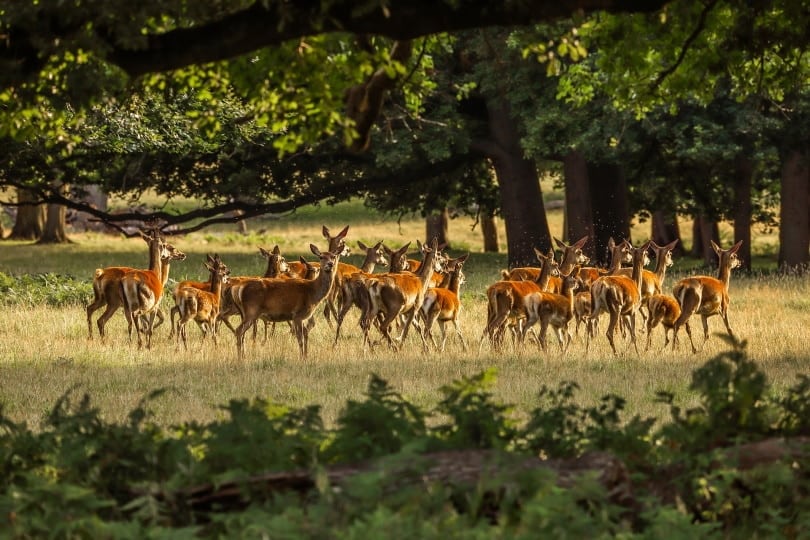
2. Car accidents are one of the leading causes of death for deer in the UK.
(The British Deer Society)
Of the deer that are hit by cars, most of them do not die immediately upon impact. Instead, they often manage to escape but have such significant injuries that they die later. Many of the deer that can’t escape have to be euthanized on the side of the road.
3. Most car accidents involving deer occur in the fall season.
(The British Deer Society)
Fall is the breeding season for deer, so it makes sense that most accidents involving deer occur from October through December. A lot of car accidents involving deer also occur in May as temperatures start to warm back up in spring. Although the chances of hitting deer are lower during the other months of the year, accidents can still occur.
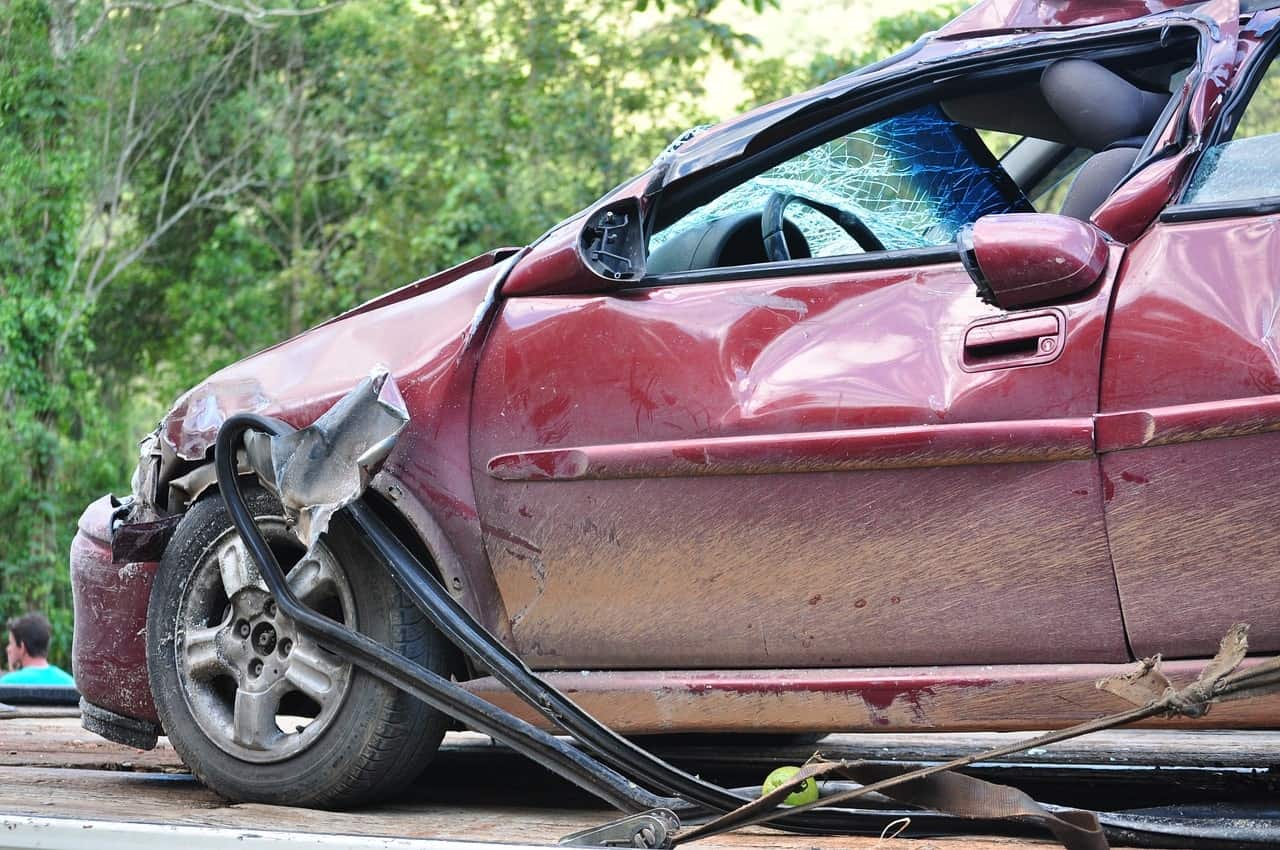
(BBC)
Deer usually venture out to feed during the dusk hours, which often leads to them crossing the roadways in search of food. During the dawn hours, they return to their homes which means that they have to go back across the road. The lower light conditions during these times can often make it harder for motorists to see deer.
5. Fallow deer are the most common deer species involved in car accidents.
(Wildlife Online)
Of the six deer species that are found in the UK, almost half of them that are involved in car accidents annually are fallow deer. Roe deer are the next most common species to be involved in collisions with motorists.

Deer Car Accidents Statistics By Numbers
6. Most deer collisions happen in the East and Southeast regions of England.
(The Deer Initiative)
According to a study, 65% of car accidents involving deer happen in the East and Southeast regions of England. In these regions, over 50% of deer collisions happened on trunk roads, likely as a result of travel to and from London.
7. Deer collisions in Scotland increased by more than one-third over the course of 10 years.
(The Herald)
There were 1,756 car accidents involving deer that were reported in 2018, which is a 35% increase since 2008. However, the actual number of deer collisions that occur annually is expected to be over 10,000 since many go unreported.
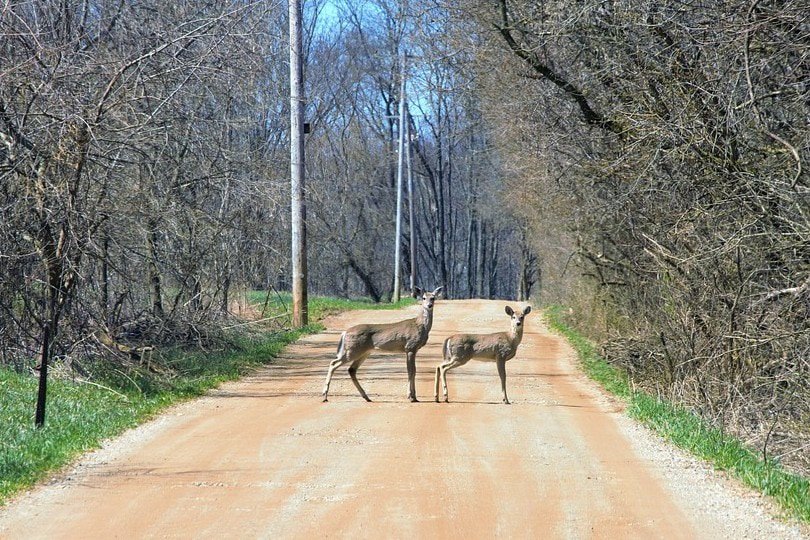
Deer Accident Statistics Affecting Humans
8. Hundreds of people are injured every year in collisions involving deer.
(RSPCA)
It is estimated that over 700 people are injured in the UK every year. Some of these injuries are the direct result of hitting a deer (motorcyclists have the greatest risk of being severely injured). Others are the result of swerving to avoid hitting a deer.
(The Deer Initiative)
There has been a 30% decline in overall injuries to humans as a result of car accidents since 1999. However, the number of injuries to humans related to accidents involving deer has shown no significant decline.
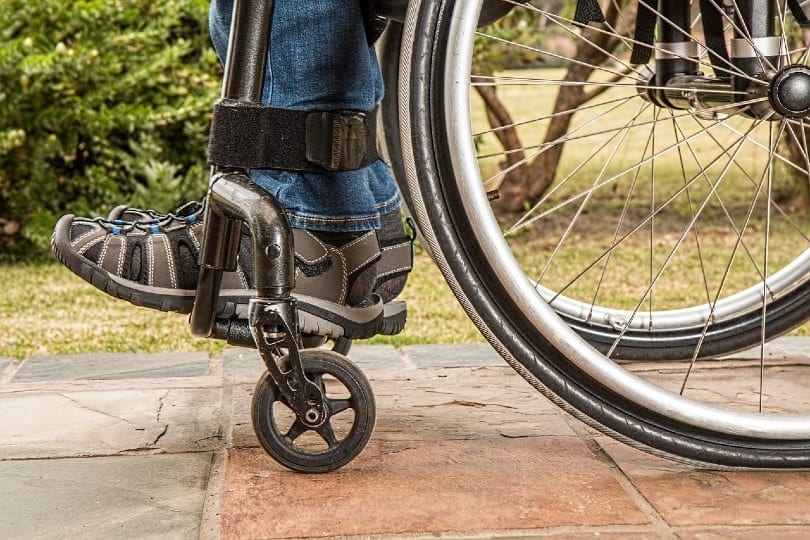
10. The total cost of damage to vehicles relating to deer accidents is over £10 million.
(RSPCA)
Even if no physical injuries occur to a person, collisions involving deer can create a financial burden for many people. The estimated total cost of damage to vehicles involved in deer collisions is £17 million.

Frequently Asked Questions About Deer Car Accidents
1. How many deer are hit by cars each year in the UK?
It is unclear exactly how many deer are hit by cars each year because many collisions involving deer go unreported. Based on the cases that are reported, it is estimated that at least 40,000 deer are hit by cars each year. However, that number is thought to actually be closer to 74,000.
It’s important to note that these numbers reflect the total number of deer that are injured and/or killed. It is hard to determine how many are actually killed since a lot of deer are able to escape to die somewhere other than on the side of the road.
(The British Deer Society)

It is estimated up to 20 people are killed each year in car accidents relating to deer. That number is on top of the approximately 700 that are injured. These deaths most often occur either by hitting a deer directly or by swerving to avoid hitting a deer which can result in a crash.
It’s worth noting that typically when we think of a deer being involved in a car accident, that deer was hit by the car. However, occasionally deer can jump through car windows and windshields. This can also result in injury or death to the deer, and the human driving the car as well. That’s why it is important to pay extra attention to your surroundings, especially during dawn and dusk hours and the months in which deer are the most active.
(RSPCA)
3. What’s being done to reduce the number of deer injured or killed by cars?
As you’ve gathered from the above statistics, the amount of deer involved in car accidents is quite large and hasn’t shown signs of declining in recent years. That’s why there are several organizations that are using their platform to raise awareness of these accidents and provide the resources and strategies that motorists need to prevent them from happening.
A key aspect of reducing the number of deer that are injured are killed is accurate reporting of how often it happens and where. One organization in particular, Deer Aware, uses this information to compile publications regarding hotspots across the UK (particularly in England and Wales). These publications provide maps that show where most deer are getting hit, including specific regions and roadways.
Reporting deer accidents, no matter how minor, can help give researchers the most accurate data possible. This will help them not only provide up-to-date information but will also help them strategize ways that they can help the deer population besides just raising human awareness of the issue. Deer Aware even has a “Report Incident” feature on its website to make reporting easy.
(Deer Aware)
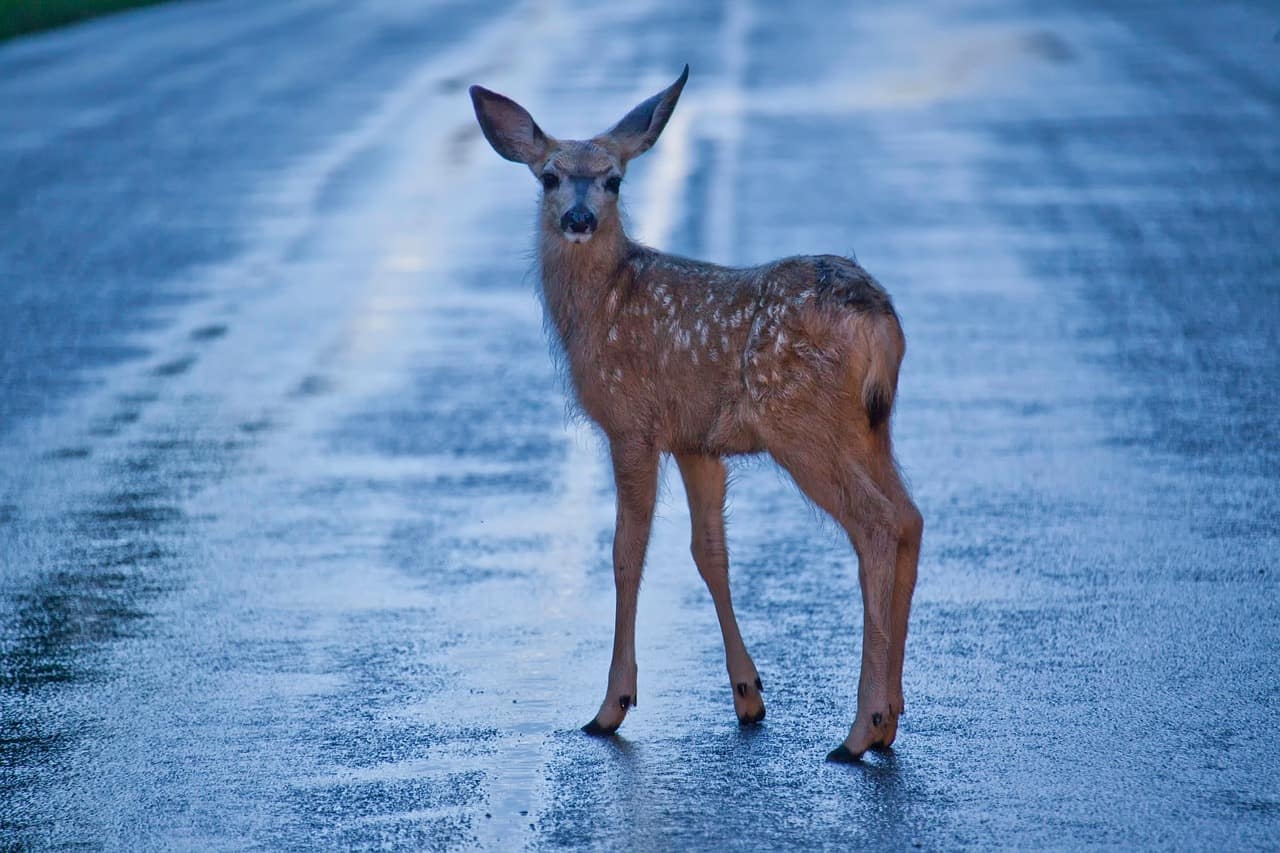
4. How can you reduce your risk of hitting a deer while driving?
Reporting accidents involving deer is a major step to helping reduce the number of deer that are injured or killed. But there are also things that you as a motorist can do to reduce or avoid the risk of hitting a deer altogether.
It’s unreasonable to expect someone to quit driving during the peak deer months and times. That’s why one of the best things you can do is increase your awareness while driving during the months of October to December, especially during dawn and dusk.
When driving during dark hours, use your headlights for better vision. It is recommended to use your high beams as long as no other cars are around as it will allow you to see deer better. However, you should be aware that if you do see a deer, turn your high beams down. High-beam headlights can cause a deer to freeze in the road. This increases your chances of hitting it.
Pay attention to deer crossing signs, and know that if you see one deer there are likely others that are close by. Even if you don’t hit one, there is a possibility that another could jump in the road as well. Finally, always go the posted speed limit, as this will lower the chance of injury to both a deer and yourself.
(RSPCA)
Related Read: 10 UK Dog Walking Statistics & Facts: How Much Do People Walk Their Dogs?

Conclusion
The amount of deer that get hit by motorists annually continues to be a problem across the UK. If a deer doesn’t upon the impact of getting hit by a car, they can often be seriously injured to the point where they have to be euthanized. But, car accidents involving deer can not only pose a problem to the deer but to humans as well.
That’s why it’s important to report any incidents that you see or are involved in, in addition to increasing your own awareness of the roadways. These actions can help contribute to lowering the amount of deer-related car accidents, injuries, and deaths that occur each year.
